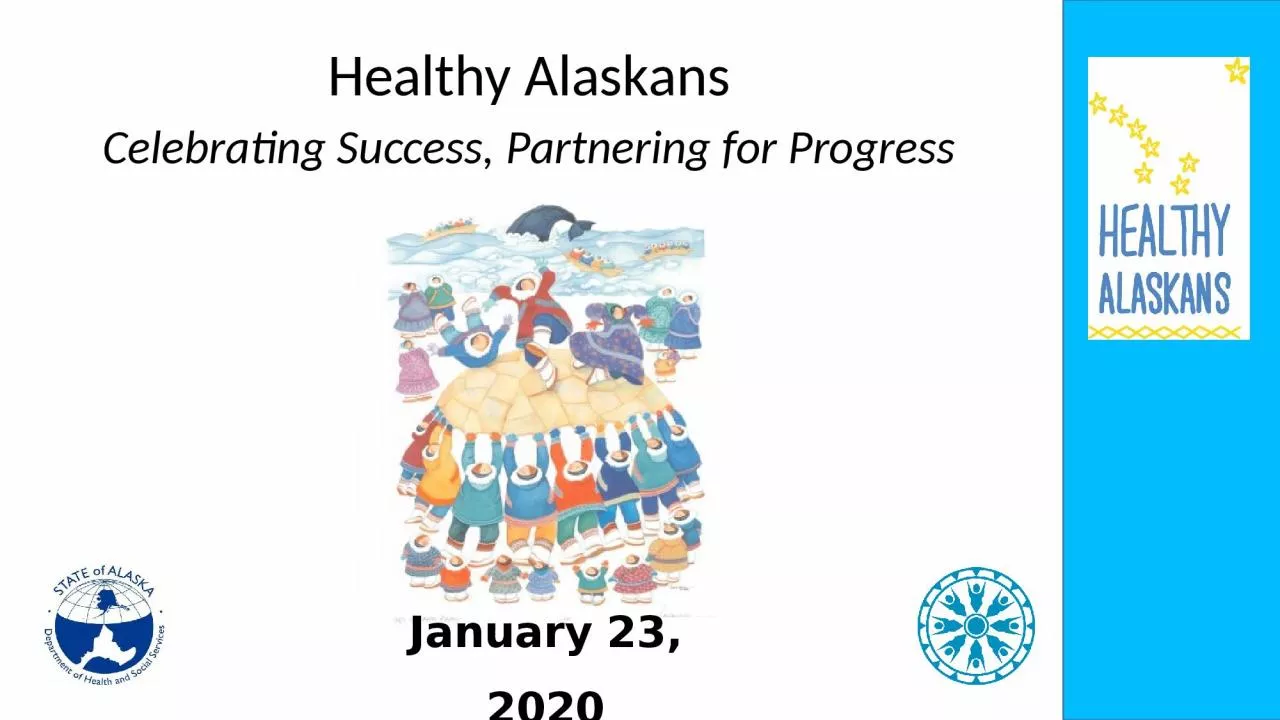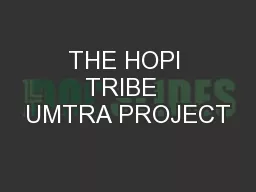PPT-Healthy Alaskans Celebrating Success, Partnering for Progress
Author : quinn | Published Date : 2023-09-25
January 23 2020 Cheryl Dalena HA CoChair Tobacco Program Coordinator Wellness and Prevention Program Alaska Native Tribal Health Consortium Dana Diehl HA Core Team
Presentation Embed Code
Download Presentation
Download Presentation The PPT/PDF document "Healthy Alaskans Celebrating Success, Pa..." is the property of its rightful owner. Permission is granted to download and print the materials on this website for personal, non-commercial use only, and to display it on your personal computer provided you do not modify the materials and that you retain all copyright notices contained in the materials. By downloading content from our website, you accept the terms of this agreement.
Healthy Alaskans Celebrating Success, Partnering for Progress: Transcript
Download Rules Of Document
"Healthy Alaskans Celebrating Success, Partnering for Progress"The content belongs to its owner. You may download and print it for personal use, without modification, and keep all copyright notices. By downloading, you agree to these terms.
Related Documents














